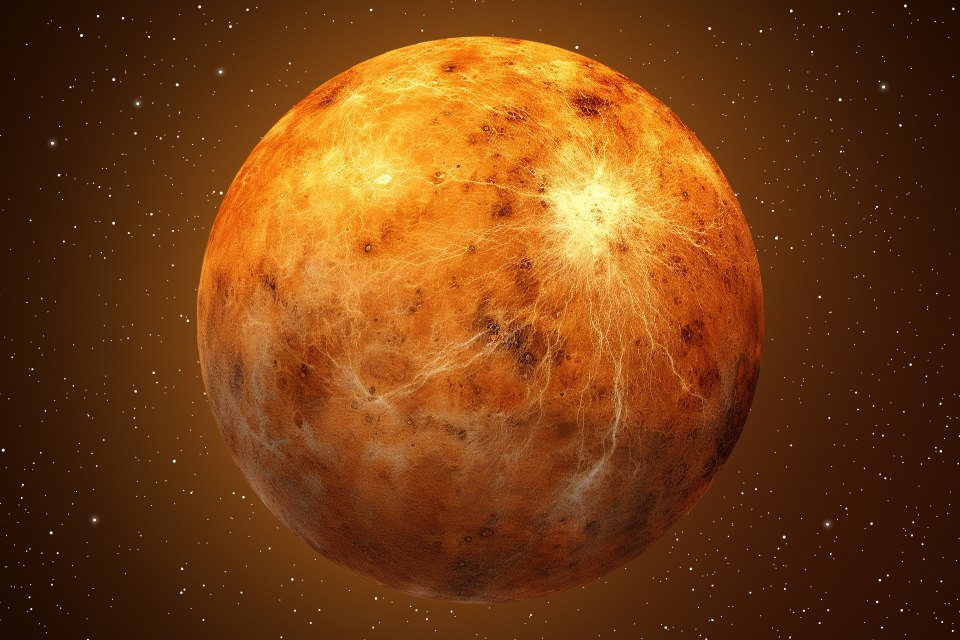Mercury is the planet closest to the Sun in our system. It is known to the public mainly because it can be retrograde, and this, it seems, affects something on Earth. And next week it will be in the most westerly elongation. Therefore, it’s time to take an interest in this planet.

1. Why is Mercury difficult to observe in the sky?
Mercury is a fairly small planet. However, its magnitude is such that we can easily see it with the naked eye. But in fact, it is not so easy to see it in the sky. This can only be done either immediately after sunset or before dawn. It is located close to the Sun and therefore never moves away from it much, often just hiding in its rays, or even behind the luminary.
However, next week will be the best time to observe it. After all, on January 12, it will be in the most westerly elongation, and therefore, it will be at the maximum distance from our luminary. But in order to get to know it, you will have to get up before dawn.
2. How does Mercury become retrograde?
The phrase “Mercury retrograde” is actually inaccurate. Retrograde may not be the planet, but its movement. This phenomenon is typical not only for Mercury, but also for other planets. It consists in the fact that in the night sky, the planet, if observed every night, begins at some point to move in the opposite direction, relative to the usual direction. This goes on for several days, after which everything returns to normal.
In fact, Mercury does not change the direction of its movement. This illusion arises from the fact that it and the Earth move in orbits at different speeds, and relative to the stars in the earth’s sky, this planet begins to shift in the opposite direction.
3. What is the size of Mercury?
Mercury is really a small planet. Its average diameter is only 4,879.4 km. This makes it the smallest of the major planets in the Solar System. According to this parameter, it is about three times smaller than the Earth and only a third larger than the Moon.
By the way, Mercury is especially similar to the last one due to the lack of an atmosphere and a surface covered with craters. However, there are at least two moons in the Solar System that are larger than the planet closest to the Sun: Ganymede, orbiting Jupiter, and Titan, Saturn’s largest moon.
The acceleration of gravity on Mercury is 4.7 m/s2. This means that its gravity is only 38 percent of the earth’s.
4. How hot is it there?
Since Mercury is the planet closest to the Sun, it should be expected that it is the hottest planet in our system. However, this is not the case. The maximum temperature on Venus is 464 °C, whereas on Mercury it is “only” 430 °C. Because our neighbor is covered with a dense atmosphere, which provides a powerful greenhouse effect.
And Mercury is barren rocks that are simply strongly heated by the Sun. In particular, because of this, as well as the rather slow rotation on the night side, it can cool down to -180 °C. And there may even be ice in the craters at its poles.
5. Was Taras Shevchenko on Mercury?
Strangely enough, the classic of Ukrainian literature, Taras Shevchenko, had something in common with Mercury. Of course, he had never been there. However, there is a crater on the planet closest to the sun, named after the Ukrainian poet.
The crater has a diameter of 143 km, and Kyiv and its suburbs would easily fit in it. It was opened in 1976. It was named in accordance with the tradition that all objects on Mercury should bear the names of artists, musicians and poets.
Follow us on Twitter to get the most interesting space news in time
https://twitter.com/ust_magazine


